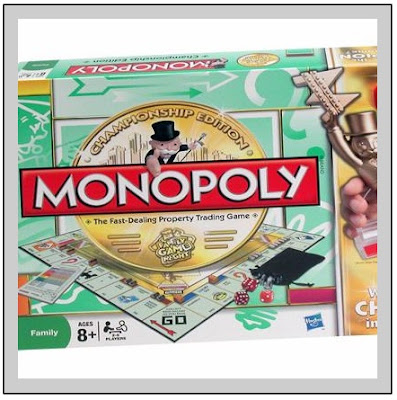
We had previously written an article highlighting Glassdoor’s Best Companies to Work for 2013 list. As a review, the organization has been conducting this survey for five years and publishes a list of the top 50 places to work each year. Several studies on the performance of socially responsible investments indicate that while SRI is not guaranteed to beat the market, firms which specialize in the “S” of ESG as a whole outperform the market.
In the article, we focused on Facebook (“FB”) which was the Survey’s number 1 rated company two years counting with an overall company rating of 4.7 out of 5.0. We highlighted the company’s share performance and questioned whether one could consider Facebook socially responsible.
However, given the need to individually invest (and constantly monitor) in at least two to three dozen companies, investors have requested information on ETFs and mutual funds that invest in these listed companies.
So how can the average investor take advantage of the strong share performance of The Best Companies to Work for? Well, you’re in luck because there is a mutual fund company that does just that. The Parnassus Workplace Fund (“PARWX”), which was started in 2005, invests in companies that have “outstanding workplaces.” Parnassus’ founder states that the fund invests in companies that…
“are undervalued equity securities of large-capitalization companies with outstanding workplaces. Companies with good workplaces usually are able to recruit and retain better employees, and perform at a higher level than competitors in terms of innovation, productivity, customer loyalty and profitability. The Fund also takes environmental, social and governance factors into account in making investment decisions.”
The Parnassus Workplace Fund (“PARWX”) as well as the Parnassus family of funds are some of the best performing funds within the SRI arena over the long term. The Workplace Fund, in particular has high ratings not just for performance but other key criteria. We have provided our own independent analysis of the fund based on information that is publicly provided.
What we like:
- Long-term performance has beat its benchmark (S&P 500).
- Since inception (2005) the fund has risen 13.4% versus 7% for the S&P500. This is outstanding performance.
- The Fund is properly Benchmarked to the S&P 500. It could also be benchmarked against an SRI index or similar funds.
- Yearly performance has been consistent (in other words the fund’s strong long-term performance wasn’t just dependent on one fluke year.)
- Management fees are reasonable (1.1% expense ratio) considering the extra research requirements.
- Top 10 investments are diversified. The fund has about three dozen holdings.
- While risk is higher (see below) risk adjusted returns are good. For example, the Sharpe ratio is 0.61 versus 0.37 for the S&P 500. (This ratio measures excess return per unit of risk.)
- Tracking Error of +7.46% is not equal to 0, indicating the portfolio is not managed like an Index-Fund. Since the tracking error is greater than 0, one can assume the portfolio has outperformed its benchmark due to its manager’s stock-picking skills.
Our critiques include:
- Fund has a higher P/E ratio, and Beta compared to its benchmark (5YR data)
- Risk ratios are higher compared to its benchmark (Standard Deviation is higher than the benchmark)
- The portfolio is heavily leaning towards Technology (about 38% for the fund versus 18% for the S&P 500.) Largest tech holdings include (largest to smallest): Applied Materials, Riverbed Technology, Intuit and Intel.
Conclusion:
Parnassus Workplace Fund is one of the best funds in the area of SRI. It has had a tried-and-true portfolio manager/founder, performance has significantly beaten its benchmark and risk adjusted returns are superior. Two other funds with similar investment objectives are Pax World Women’s Fund and Neuberger Berman Socially Responsible Investment Fund. Both funds have had dismal historical investment performance over the last 5YR period.
Disclosure: The author does not receive compensation of any kind from Parnassus Investments Company or any fund company.




















